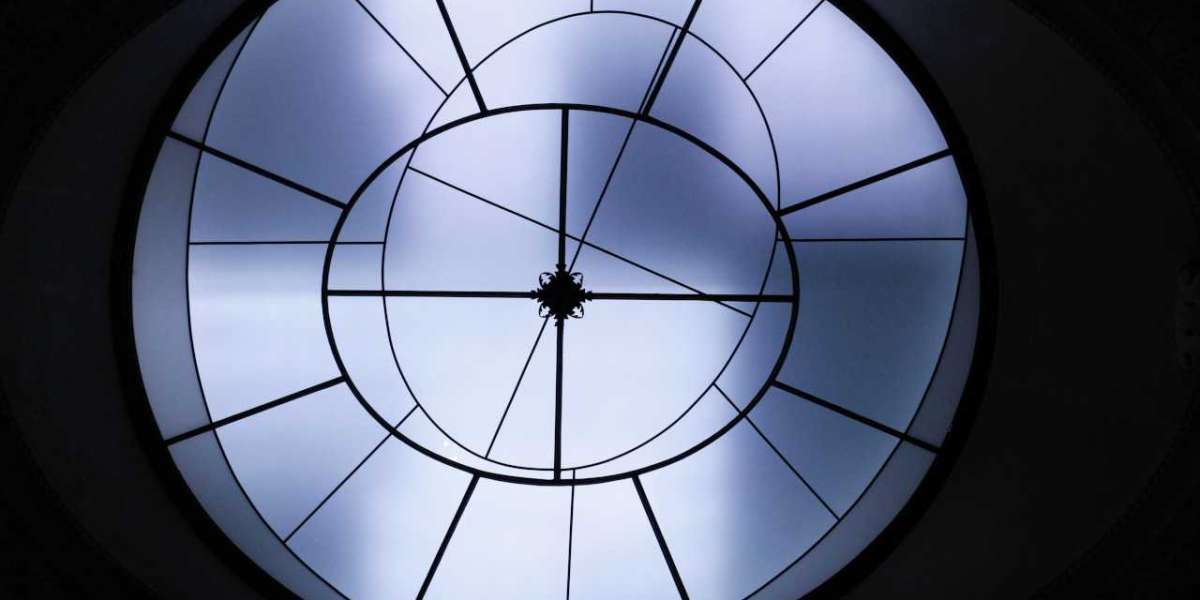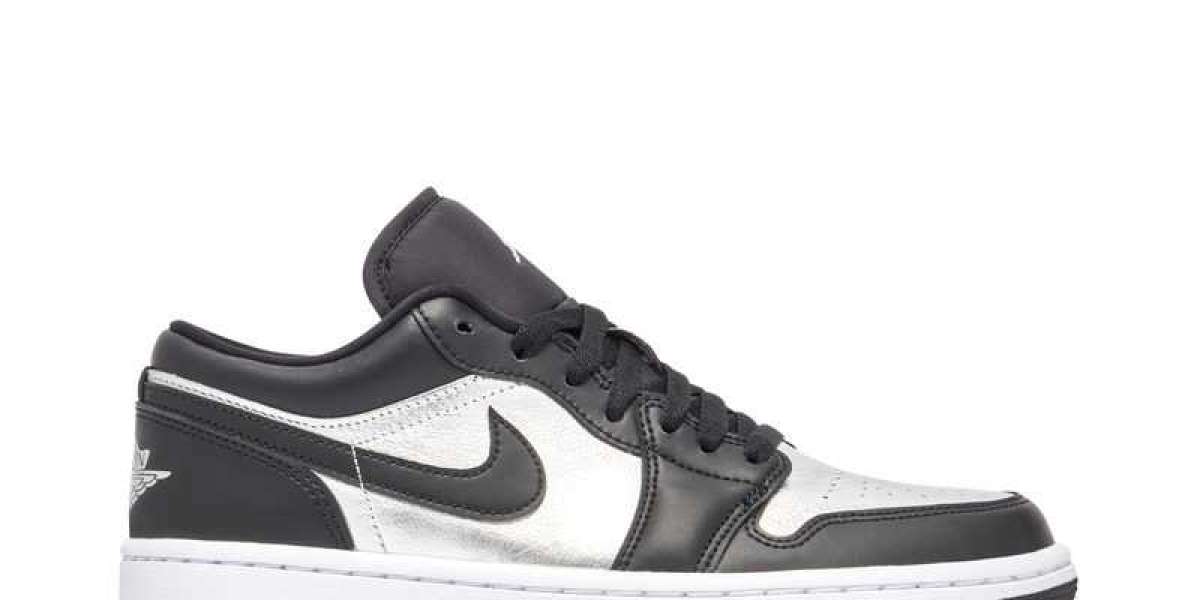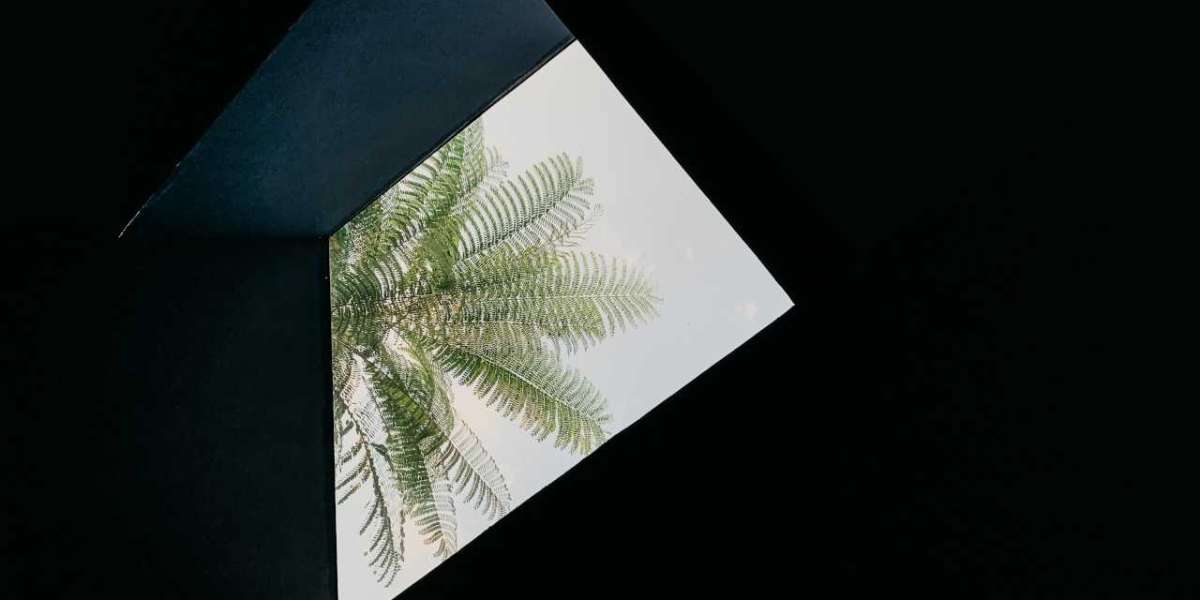The global riflescopes market size reached a value of about USD 6.75 billion in 2023. The industry is further expected to grow at a CAGR of about 5.2% in the forecast period of 2024-2032 to reach a value of around USD 10.70 billion by 2032. With the increasing popularity of shooting sports, hunting, and long-range precision shooting, choosing the right riflescope has become more critical than ever. Whether you are a novice shooter or an experienced marksman, the choice of a riflescope can significantly impact your accuracy and overall shooting experience.
In this comprehensive guide, we will walk you through the essential aspects of selecting the perfect riflescope for your needs. From understanding key concepts to evaluating various features and considerations, you'll be equipped with the knowledge to make an informed decision.
Understanding Key Concepts
Before delving into the world of riflescopes, it's essential to grasp some fundamental concepts that will help you make an informed decision when purchasing your riflescope.
Magnification and Its Significance
One of the primary factors to consider when choosing a riflescope is magnification. This refers to how much closer the image appears through the scope compared to the naked eye. Riflescopes come in two primary types: variable and fixed magnification.
Variable magnification scopes allow you to adjust the level of zoom, offering flexibility for different shooting scenarios. Fixed magnification scopes, on the other hand, have a constant level of zoom. Your choice should depend on your intended use.
If you plan to engage in a variety of shooting activities, such as hunting at varying distances or target shooting at different ranges, a variable magnification scope is more versatile. However, if you have a specific purpose, like long-range shooting, a fixed magnification scope with high power may be suitable.
Objective Lens Diameter and Light Gathering Capability
The objective lens diameter is another critical aspect to consider. It influences the amount of light that enters the scope, which, in turn, affects image brightness and clarity. The larger the objective lens diameter, the more light it can gather, making the scope more effective in low-light conditions.
However, larger objective lenses can also result in heavier and bulkier scopes. Therefore, it's essential to strike a balance between light-gathering capability and the overall weight and size of your setup.
Additionally, consider the exit pupil, which is calculated by dividing the objective lens diameter by the magnification. A larger exit pupil allows for better low-light performance.
Reticle Choice
Reticles, also known as crosshairs, come in various styles, each designed for specific shooting applications. Three common types of reticles are Mil-Dot, BDC (Bullet Drop Compensator), and MOA (Minute of Angle).
Mil-Dot reticles are favored by tactical shooters and military applications due to their precise measuring capabilities. BDC reticles are commonly used for hunting, as they help compensate for bullet drop at different distances. MOA reticles are versatile and suitable for a range of applications.
When choosing a reticle, match it to your intended use. For example, if you plan to engage in long-range precision shooting, a Mil-Dot or MOA reticle may be more appropriate. For hunting, especially in varied terrain, a BDC reticle can simplify holdover adjustments.
Budget and Quality
Balancing your budget with the quality of the riflescope is crucial. Riflescopes come in a wide range of prices, from budget-friendly options to high-end models. While it might be tempting to opt for the cheapest scope available, investing in quality optics is essential for a satisfying shooting experience.
Quality scopes often have better glass, coatings, and construction, resulting in improved image clarity, brightness, and durability. Saving up for a reputable brand and model is a smart choice in the long run, as it can significantly enhance your shooting accuracy and enjoyment.
Magnification and Objective Lens
Determining the appropriate magnification range for your needs is essential. The magnification level impacts your ability to identify and engage targets effectively. Depending on your shooting style and intended use, you may need low, medium, or high magnification.
For close-quarters shooting or hunting in dense woods, a low magnification scope (e.g., 1-4x or 2-7x) offers a wider field of view, making it easier to acquire targets quickly. Medium magnification scopes (e.g., 3-9x or 4-12x) are versatile and suitable for a wide range of applications. High magnification scopes (e.g., 6-24x or 8-32x) are ideal for long-range precision shooting.
Additionally, the objective lens diameter should complement your intended use. A larger objective lens allows more light to enter the scope, improving image brightness. However, larger objective lenses can add weight and bulk to your rifle, so consider the trade-off between light-gathering capability and portability.
Reticle Choice
The choice of reticle is crucial, as it aids in target acquisition and shot placement. Different reticle types serve various purposes, so select one that aligns with your shooting style and preferences.
Mil-Dot reticles are popular among precision shooters and military applications. They feature precise aiming points and allow for range estimation and holdover calculations. This level of detail is excellent for long-range shooting where accuracy is paramount.
BDC (Bullet Drop Compensator) reticles are designed to simplify long-distance shots. They provide aiming points for different ranges, allowing you to compensate for bullet drop without making elevation adjustments on your scope turrets. BDC reticles are commonly used by hunters.
MOA (Minute of Angle) reticles are versatile and suitable for a wide range of shooting scenarios. They allow for precise adjustments and are popular among target shooters and hunters. MOA is a unit of measurement that corresponds to 1.047 inches at 100 yards.
When choosing a reticle, consider your shooting discipline and whether you need specialized features like illuminated reticles for low-light conditions.
Additional Features and Considerations
Apart from magnification, objective lens diameter, and reticle choice, several additional features and considerations can impact your riflescope's performance and usability.
Focusing Mechanisms
- Parallax Adjustment: This feature allows you to eliminate parallax error, ensuring that your crosshair remains on the target when you move your eye behind the scope.
- Diopter Adjustment: Diopter adjustment allows you to focus the reticle to match your eyesight, enhancing the clarity of the image.
Turret Styles
- Target Turrets: These exposed turrets are designed for easy and precise adjustments. They are commonly used in target shooting and long-range applications.
- Capped Turrets: Capped turrets are protected by caps, preventing accidental adjustments. They are popular for hunting rifles where quick adjustments are not necessary.
- Exposed Turrets: Exposed turrets are similar to target turrets but may have additional features like zero-stop mechanisms for easy return to your zero setting.
Lens Coatings
- Fully Multi-Coated Lenses: These coatings reduce glare, improve light transmission, and enhance image clarity.
- Waterproof and Fogproof: Riflescopes with these features are sealed to prevent moisture from entering and have nitrogen or argon gas filling to prevent fogging.
Weather Resistance and Durability Ensure that your riflescope is built to withstand the elements. Look for scopes with durable construction, waterproofing, and rugged materials.
Testing and Compatibility
Before making a final decision, it's essential to test the riflescope whenever possible. Visit a local gun shop or shooting range to handle different scopes and see how they feel and perform. Compatibility with your rifle's mounting system and rings is also crucial, as it ensures a secure and stable attachment.
Maintenance and Care
To keep your riflescope performing at its best, regular maintenance is essential. Here are some maintenance tips:
- Keep your scope clean by using a lens brush or compressed air to remove dust and debris.
- Use a lens cloth designed for optics to gently clean the lenses.
- Avoid touching the lenses with your fingers, as oils and dirt can smudge the glass.
- Store your rifle and scope in a protective case when not in use to prevent damage and moisture exposure.








